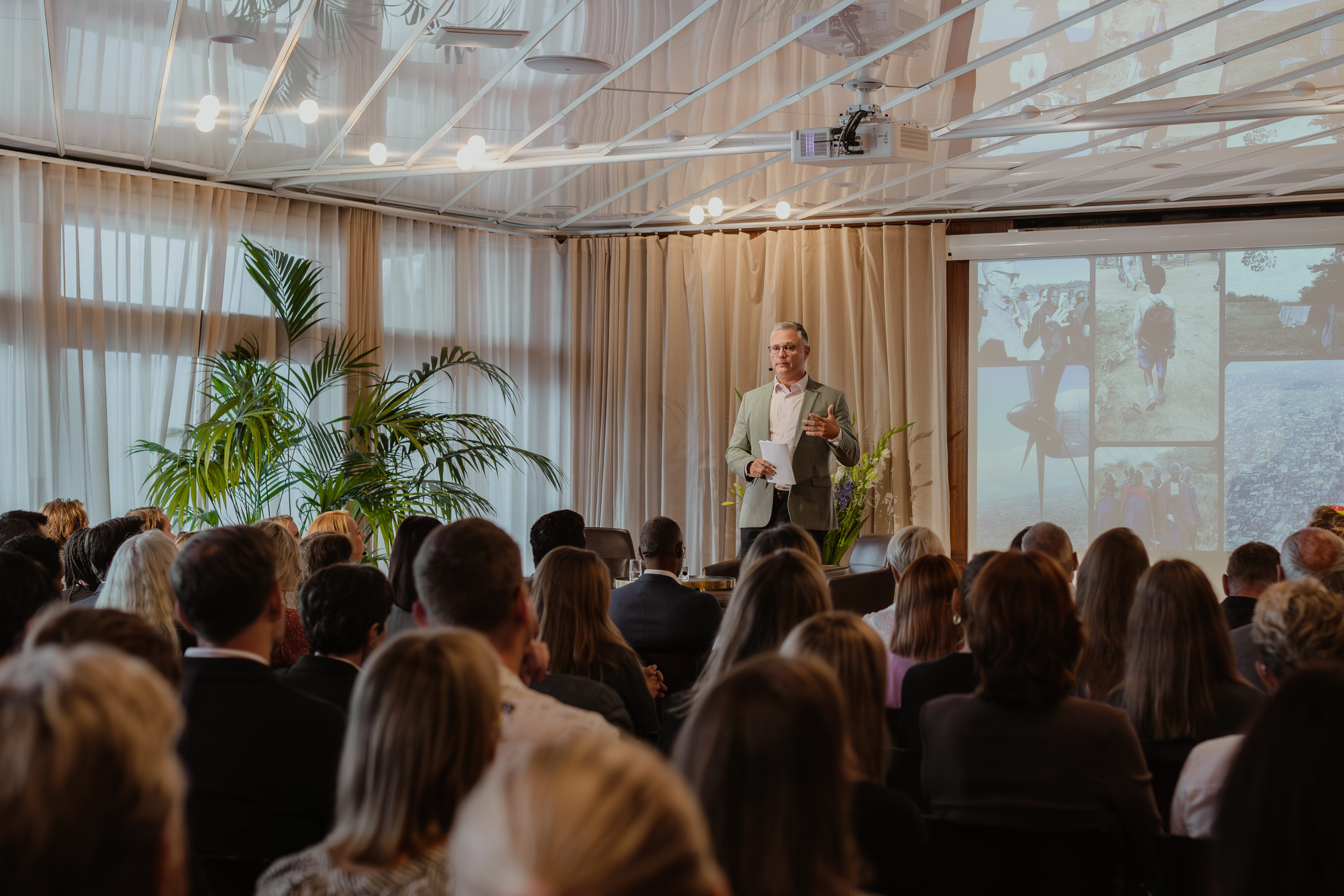Ethiopia stands at a crossroads of ancient civilization and modern development challenges, where the remnants of one of Africa’s oldest nations intersect with some of the continent’s most pressing humanitarian needs. With over 120 million people, Ethiopia is Africa’s second-most populous country, yet nearly half its population still lacks access to clean water-a statistic that becomes even more sobering when you consider the country’s rich history, diverse geography, and ambitious development goals.
Understanding why Ethiopia has become the primary focus for many international water initiatives requires examining the complex interplay of geography, climate, politics, and economics that shapes daily life for millions of Ethiopians. This isn’t simply a story of poverty or underdevelopment-it’s a nuanced picture of a country grappling with extraordinary challenges while demonstrating remarkable resilience and potential.
A Land of Extremes
Ethiopia’s geography tells the story of a country defined by extremes. The Ethiopian Highlands, often called the “Roof of Africa,” contain some of the continent’s highest peaks and most fertile lands. Yet these same highlands give way to the Danakil Depression, one of the hottest and most inhospitable places on Earth, sitting 125 meters below sea level. This dramatic topographical variation creates microclimates and water availability patterns that can vary drastically within just a few kilometers.
The Great Rift Valley cuts through the heart of the country, creating a geological fault line that affects everything from agriculture to water table access. In some areas, abundant groundwater lies just meters below the surface, while in others, drilling hundreds of meters may yield nothing. This geological lottery determines whether communities have any hope of accessing clean water through conventional means.
The country’s position in the Horn of Africa places it at the mercy of weather patterns that originate thousands of kilometers away. The Ethiopian monsoon, which brings the majority of the country’s annual rainfall, depends on complex interactions between the Indian Ocean, the Congo Basin, and atmospheric conditions across the Arabian Peninsula. When these patterns shift-as they have increasingly due to climate change-entire regions can experience devastating droughts or catastrophic flooding.
Consider the Somali region in eastern Ethiopia, where pastoralist communities have traditionally moved their livestock according to seasonal rainfall patterns developed over centuries. Climate change has disrupted these patterns so severely that traditional knowledge no longer provides reliable guidance for survival. Water sources that communities have depended on for generations now fail unpredictably,
forcing families to make impossible choices between staying near failing water sources or risking dangerous journeys to uncertain alternatives.
The Weight of History
Ethiopia’s relationship with water is deeply intertwined with its unique position as Africa’s only country never to be fully colonized. While this independence preserved cultural traditions and governance systems, it also meant that Ethiopia missed much of the infrastructure development that colonial powers built in other African countries-infrastructure that, however exploitative in intent, often included water systems that benefited local populations.
The country’s complex ethnic composition-with over 80 different ethnic groups speaking more than 90 languages-creates additional challenges for water system development. What works for Amhara farming communities in the highlands may be completely inappropriate for Afar pastoralists in the lowlands. Water management systems must account not just for different climates and geographies, but for fundamentally different ways of life, cultural practices, and social organization.
Religious diversity adds another layer of complexity. Ethiopia is home to ancient Christian communities, with some churches dating back to the 4th century, alongside significant Muslim populations and traditional belief systems. Religious practices often influence community acceptance of new technologies and approaches to water management, requiring careful consideration of cultural sensitivities in project design.
The legacy of political upheaval continues to affect water access today. Decades of conflict, including civil wars, border disputes, and internal displacement, have left many communities without stable governance structures necessary for maintaining water infrastructure. In some areas, communities lack the social cohesion needed for collective water management because traditional leadership structures were disrupted by years of conflict and forced migration.
Climate Change at the Frontlines
Few countries illustrate the devastating impact of climate change more clearly than Ethiopia. The country has experienced increasingly frequent and severe droughts, punctuated by flash flooding that destroys what little water infrastructure exists. The 2015-2016 El Nino drought affected over 10 million people, while more recent droughts have pushed millions more to the brink of famine.
These climate impacts create a vicious cycle for water access. Droughts increase demand for clean water just as supplies become more scarce and unreliable. Communities forced to use contaminated water sources during droughts experience higher rates of waterborne illness, which increases healthcare costs and reduces productivity exactly when families need to maximize their coping strategies.
The changing rainfall patterns have particular implications for women and girls, who bear primary responsibility for water collection in most Ethiopian communities. As nearby water sources fail,
collection journeys become longer and more dangerous. During the 2015-2016 drought, some women were walking up to 8 hours daily for water-time that would otherwise be spent on childcare, income generation, or other household activities.
Climate change also affects the sustainability of water projects themselves. Infrastructure designed for historical rainfall patterns may prove inadequate for future climate conditions. Solar-powered systems become less reliable during the dusty, overcast conditions that often accompany droughts. Community management systems developed during stable periods may break down under the stress of climate related crises.
The Agricultural Imperative
Agriculture employs approximately 80% of Ethiopia’s population, making water access not just a humanitarian issue but an economic necessity. The country’s agricultural potential is enormous Ethiopia has been called the “water tower of Africa” because it’s the source of several major rivers, including the Blue Nile. Yet this potential remains largely unrealized due to limited water infrastructure and irrigation systems.
Most Ethiopian farmers practice rain-fed agriculture, making them entirely dependent on seasonal rainfall patterns that have become increasingly unpredictable. Even small improvements in water access can dramatically increase agricultural productivity and food security. A single well serving a farming community might enable dry-season cultivation that doubles annual crop yields, transforming subsistence farmers into market participants.
The connection between water access and food security becomes particularly clear during drought years. Communities with reliable water sources can maintain some agricultural production and livestock during droughts, while those dependent on rainfall may lose everything. This disparity creates long-term wealth gaps that persist long after rains return.
Irrigation technology appropriate for Ethiopian conditions remains underdeveloped and expensive. Most international irrigation systems are designed for larger-scale commercial agriculture rather than the smallholder farming that dominates Ethiopia’s agricultural sector. This mismatch between available technology and local needs slows the development of water infrastructure that could benefit millions of small-scale farmers.
Urban Growth and Rural Neglect
Ethiopia is urbanizing rapidly, with cities like Addis Ababa growing by hundreds of thousands of people annually. This urban growth creates immense pressure on municipal water systems while often drawing resources and attention away from rural water needs. Urban water challenges receive more political attention because they affect more visible, politically connected populations, while rural water problems remain largely invisible to decision-makers.
The urban-rural divide in water access reflects broader patterns of inequality and development prioritization. Urban areas typically have piped water systems, sewage treatment, and backup supply systems, while rural areas may have no water infrastructure at all. Yet 80% of Ethiopia’s population still lives in rural areas, meaning that most Ethiopians experience the worst water conditions in the country.
Migration from rural to urban areas, often driven by water scarcity and agricultural failure, creates additional pressure on urban water systems. Informal settlements around major cities typically have no water infrastructure, forcing residents to purchase water from private vendors at prices much higher than piped water costs. This creates urban poverty traps where families spend substantial portions of their income on basic water needs.
The Ethiopian government’s ambitious development goals include massive infrastructure projects like the Grand Ethiopian Renaissance Dam, but these large-scale initiatives often have limited immediate impact on rural water access. The gap between national development priorities and local water needs remains substantial, creating opportunities for targeted interventions by international organizations.
Success Stories and Lessons Learned
Despite these challenges, Ethiopia has seen remarkable successes in water access improvement. Government statistics show that national water access rates have improved from around 20% in the 1990s to over 60% today, though these figures mask significant regional and rural-urban disparities.
Community-led watershed management programs in the Tigray region demonstrated how local knowledge combined with appropriate technology can create sustainable water solutions. These programs involved entire communities in protecting water sources, managing grazing areas, and maintaining terracing systems that improve groundwater recharge. The results included not just improved water access, but also increased agricultural productivity and reduced soil erosion.
School-based water programs have proven particularly effective in Ethiopia, where education is highly valued across cultural groups. When schools receive reliable water access, enrollment increases dramatically, particularly for girls. These programs often serve as community focal points, with school water systems serving broader community needs and schools becoming centers for hygiene education and community health programming.
The success of different water technologies varies significantly across Ethiopia’s diverse geography and social contexts. Simple hand pumps work well in areas with shallow ground water and strong community management systems. Solar-powered systems prove effective in areas with reliable sunlight and technical support networks. Rainwater harvesting succeeds in highland areas with adequate roof infrastructure and seasonal rainfall patterns.
The Path Forward
Ethiopia’s water challenges require solutions that acknowledge the country’s complexity rather than applying one-size-fits-all approaches. Successful interventions must account for geographic diversity,
cultural differences, climate variability, and local economic conditions. They must also build on Ethiopia’s strengths, including strong community organization traditions, high value placed on education, and growing technical capacity within government and civil society.
The most promising approaches combine technological solutions with social innovations. Water projects succeed when they strengthen existing community institutions rather than replacing them, when they build local technical capacity rather than creating dependency on external expertise, and when they address water access as part of broader development needs rather than as an isolated technical problem.
Ethiopia’s potential for transformation through improved water access remains enormous. The country has abundant water resources, strong cultural traditions of community cooperation, growing economic capacity, and government commitment to development goals. What’s needed is sustained investment in approaches that work within Ethiopian contexts rather than imposing external models.
The international community’s increased focus on Ethiopia, including partnerships like that between Operakallaren Foundation and charity: water, represents recognition of both the urgent need and the tremendous potential for impact. When water access improves in Ethiopian communities, the results are often dramatic and sustainable because they build on existing strengths and address fundamental barriers to development.
Ethiopia’s story is ultimately one of a country with extraordinary potential constrained by solvable challenges. Water access represents one of the most critical and addressable of these challenges one where relatively modest investments can create transformational change for millions of people. Understanding Ethiopia’s complexities isn’t about making excuses for slow progress, but about designing interventions that work within Ethiopian realities to create lasting change.
The question isn’t whether Ethiopia can solve its water challenges, but whether the international community will invest in approaches sophisticated enough to match the country’s complexity and ambitious enough to match its potential.
Ethiopia’s water challenges reflect the intersection of geography, history, climate, and development in one of Africa’s most important countries. Understanding these complexities is essential for designing water interventions that create lasting change rather than temporary relief.



